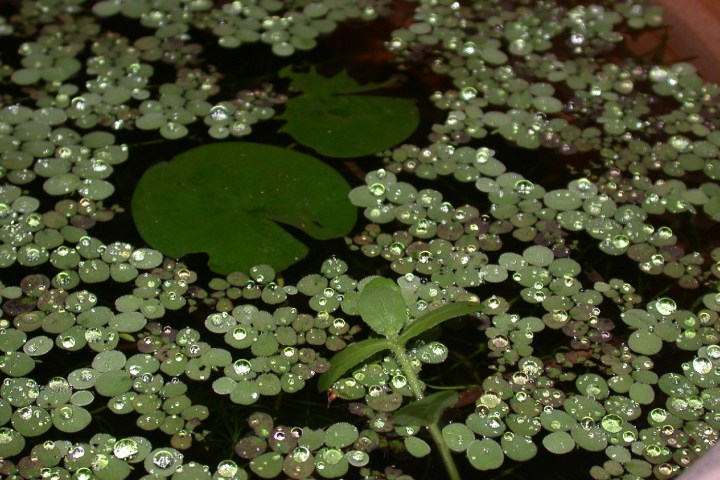
That’s why researchers at Germany’s Karlsruhe Institute of Technology, in conjunction with colleagues from Bonn University, have been exploring new materials capable of mopping up large quantities of oil — and they’ve turned to nature to help them.
“We — and other scientists worldwide — would like to increase the absorption capacity of artificial oil absorbers as this is a serious problem for the environment,” Hendrik Hölscher, one of the researchers involved with the study, told Digital Trends.
“Our solution is ‘nanofur,’ already invented and patented at KIT. Fabrication of nanofur is a comparably simple process: it can be produced by pressing a hot rough steel plate into a polymer foil. The surface of the polymer melts and, when the steel plate is retracted, micro and nano-scaled hairs are pulled from the surface. Nanofur is superhydrophobic and superoleophilic. Therefore, it can selectively absorb oil while repelling water.”
Nanofur took its inspiration from water ferns, which are capable of absorbing oil while remaining water-repellent, due to the hairy microstructure of their leaves. This water-repellent aspect is important for this task, since the majority of materials which can absorb oil (like sawdust) also absorb water. This makes them impractical for dealing with sea-based oil spills.
“The most important lesson we learned from our experiments is that hairy absorbent materials are generally better than non-hairy,” Hölscher continued. “Interestingly, not only the hair length but also the shape of the hairs plays a significant role. We now know that the shape of the hair ends is important, because they need to support the oil and air interface to ensure maximum oil absorption and retention capability. We will use that results for our artificial surface developed for oil-spill cleanup.”
In terms of rolling this technology out, Hölscher says that upscaling the fabrication process and commercial production of nanofur is a desirable long-term objective. “We are in contact with some companies, but it will take time to get on the market,” he said.
Hopefully the sooner, the better.


